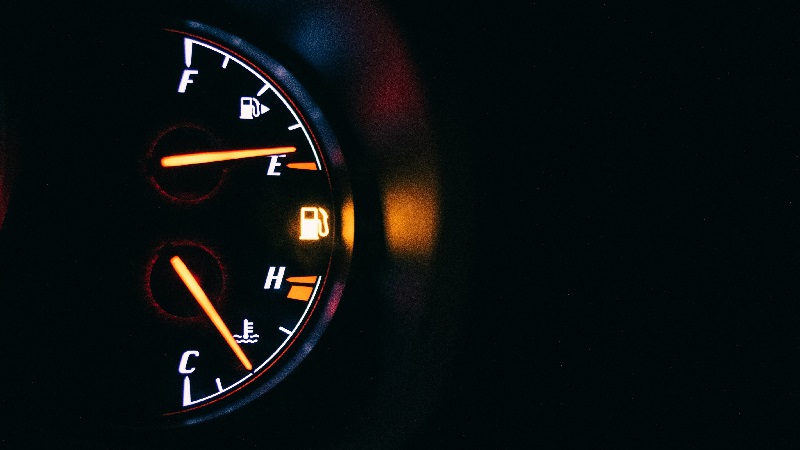The European Central Bank announced the biggest single rate rise in its history last week, with ECB president Christine Lagarde warning there would be several rate hikes in the coming months to bring inflation lower. Crucially, she added that if the energy crisis worsened, growth could slide.
Economic growth across the eurozone has surprised with its strength, which has given the ECB some leeway for a rate rise of this magnitude.
Pietro Baffico, European economist at Abrdn, says: “Economic growth has also been resilient so far this year; [in the recent ECB meeting] quarterly GDP growth was revised upward to 0.8% quarter on quarter in Q2, and labour markets remain strong, with a record low unemployment rate of 6.6%. Growth is foreseen to stagnate in the winter, albeit we think is more likely to enter recession, which the ECB only sees as a downside scenario.”
This is a far cry from the worst predictions for the eurozone economy in the face of rising gas prices, which has suggested it would be in recession by the end of the year. However, there are storm clouds gathering. Russia has now closed the Nord Stream 1 pipeline, saying it will not reopen until sanctions are lifted. The pipeline is owned by Nord Stream AG, whose majority shareholder is the Russian state-owned company Gazprom.
Anthony Willis, investment manager on the multi-manager people team at Columbia Threadneedle, says: “Russia is now openly using gas supplies as a ‘weapon’. The Nord Stream gas pipeline into Germany, which was temporarily closed for ‘maintenance’, will now not reopen while sanctions are in place according to a Kremlin spokesman, Dmitry Peskov. While European countries have done a good job in recent weeks of building up gas storage, it could well still require rationing, either via price or reduced supply to get through to next spring.”
Gas rationing and higher prices will put pressure on an already squeezed consumer and may prompt business failures. Oxford Economics says: “We have become increasingly cautious about the speed and extent to which gas prices fall back over the next couple of years. Considerably higher energy costs will significantly squeeze household incomes, prompting us to raise our eurozone CPI inflation forecast for next year by 2.2ppts to 4.3%. Higher costs could trigger a wave of business closures, exacerbating the hit to the economy.”
It also means it will be more difficult to get inflation under control, prompting more aggressive rate hikes from the ECB.
Remedies
There are specific remedies that could mitigate the pain. EU member states have committed to reducing gas usage by 15% this winter. There are also sharing arrangements in place. France and Germany have now agreed a deal whereby France will send Germany gas and Germany will send France electricity this winter. Willis adds that Europe is also moving towards an energy price cap – German Chancellor Olaf Scholz said this would happen “in weeks rather than months”.
Any support for citizens and businesses on energy costs is unlikely to be met in full by windfall taxes. Willis adds: “It appears government debt burdens, already having ballooned as a result of Covid, are about to get even larger.”
Should the energy crisis endure into a second winter, governments may find themselves with little dry powder. At the same time, rising interest rates are also increasing governments’ borrowing costs. This may exert a longer term drag on the region’s growth.
The consensus appears to be for another 0.5% rate rise for the remainder of 2022. The ECB’s expectations are for inflation of 8.1% in 2022, falling to 5.5% next year and 2.3% in 2024. The ECB will be wary of showing any weakness to financial markets and ‘de-anchoring’ inflation expectations, even though it has said it will take a meeting by meeting approach to guidance.
Currency
A final consideration for investors is the risk of weaker euro. Baffico says: “While an accelerated tightening would provide support for the currency, the stagflationary energy shock undermines it, and the depreciating trend could continue ahead of a looming recession.” In August, the euro fell below parity with the dollar, a symbolically important moment and the weakest it has been since 2002.
It is difficult to see how this will reverse in the short term. The dollar is seen as a safe haven currency at times of falling prices in global financial markets. While the ECB is catching up on rate rises, the Federal Reserve started sooner and policy rates are meaningfully higher. The interest rate advantage for the dollar remains. However, neither the energy shock nor recession appear inevitable, so the euro may prove more resilient than expected.
Of course, the real game-changer would be a shift in the war in Ukraine. Having looked implausible for much of this year, recent Ukrainian gains in the Kharkiv region have raised hopes that the war may have a better outcome than previously foreseen. In either scenario, it seems unlikely that Russia will be in a hurry to turn the gas taps back on for Europe, but it may signal a new environment. Investors should be wary of predicting the worst for the European economy.










